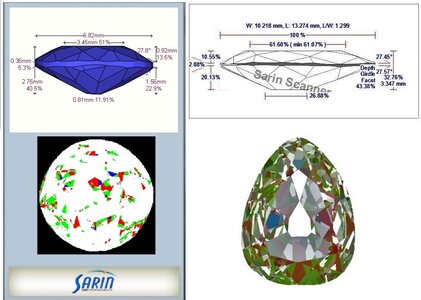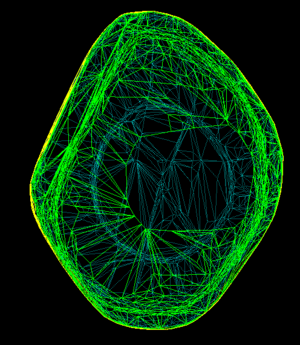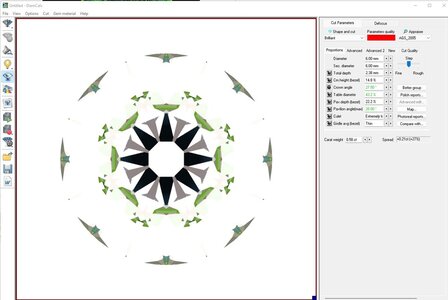Ibrakeforpossums
Ideal_Rock
- Joined
- Mar 21, 2019
- Messages
- 3,445
OMG, it's the Clash of the Titans. I love this. How am I going to afford to buy a diamond from each of these gentlemen?
I just came on to say I saw an antique pear on ebay, described as from the 1930s. If anyone is interested, I can look for a link.
I just came on to say I saw an antique pear on ebay, described as from the 1930s. If anyone is interested, I can look for a link.
It is an interesting, and never solvable debate.
I appreciate science- and specifically the science of analyzing light, and how it impacts the cutting of diamonds.
Yet the data it provides isn't always relevant. It's possible to rely on metrics that are scientific, yet may not address your specific considerations in real life.
I've long abandoned my failed crusade to address the inaccuracies in nomenclature. The word "Leakage" is a great example.
Leakage has to be bad right?
Anyway, don't get me started.
I beg to slightly differ Karl,It is possible to create a bright diamond with good scientific performance that absolutely fails at the one thing it should excel at and that is looking like a pear cut.
Getting a bright lively body with a bright lively point should be the goal.
One without the other is not visually a pear cut in many lighting conditions.
Loving this perfect pear conversation. I actually have a .41 antique pear pendant arriving soon from OWD. I’m going to look at it in a different light after learning so much on this pear thread
Did you snag that gorgeous pendant they had on IG?
This Aset doesnt look itself, does it?
I beg to slightly differ Karl,
Vera has been wearing an oval for bout a month and I have fallen in love with the pinfire at the ends some of the time and the broad flashes through the (no bowtie) middle.
Hey compadre,
The ASET depicted in that scan is dead on accurate. I have the actual ASET photograph on some hard drive but I can verify, what you see there is spot on. About 95% windows.
Still doesnt seem itself..., have seen plenty such flat cuts and their ASET's look quite different..., If you are able.., would love to see the actual ASET. I am missing some facets junctions and partial leakage spots..., way to white with no information. Sorry.
it's on some hard drive somewhere but I never ever forgot it because it was one of the worse ASET results I ever saw and an AGS 10 out of 10. I had it in a video on my prior YouTube channel but someone saw fit to pull it off the Internet.It was a good educational clip too. When my eyes and tech are in full agreement my friend, I don't unique instances as this.

24.5 degrees is the critical angle and one facet is under that (plus the culet).
The Sarine ASET to the left is not I believe accurate?
24.5 degrees is the critical angle and one facet is under that (plus the culet).
The Sarine ASET to the left is not I believe accurate?
There is never any leakage that is total. It is always partial and there is no leakage untill the internal angle is 24.5 from the internal normal. Or 90 minus 24.5 Yoram.
Actually Yoram the amount of tilt is not slight. Even the Kozobie effect results in culet leakage.Garry, an open culet parallel to the table will always display total leakage until the diamond is slightly tilted and an optical effect occurs. (see example in my avatar).
Many times this "partial leakage" is also derived from light entering just below the girdle which is completely opposed to current laboratories modus operandi which states light comes from above only (above girdle for grading sakes).
When we want to be fair with grading diamond's handling of lights as per light performance standards, I believe we need to consider all directions of lights and not just upper hemisphere.


ASET black please.
ASET black please.
please do
@Garry H (Cut Nut) , @diagem m. Try this which is closer to what I had in hand. The image is ASET white.

only if in some cases you consider less than 10%-15% of the virtual facets in an area drawing light from the pavilion as total leakage.Load it up. ASET white is *always* the best for examining leakage.